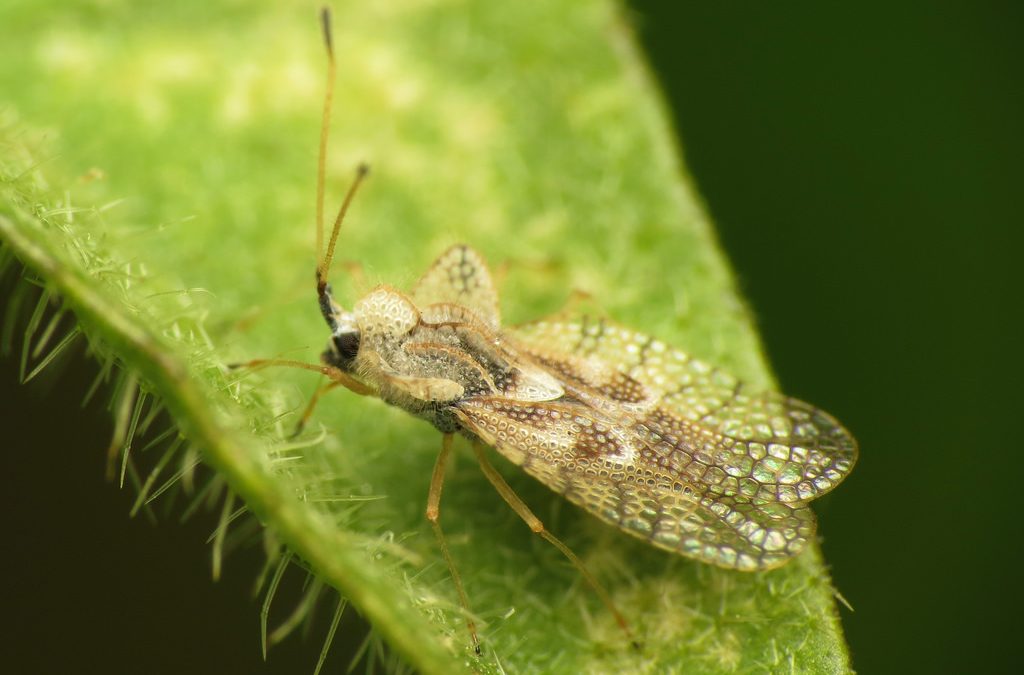Are the leaves on your plants looking less than desirable these days? A reddish-orange color on the undersides of the leaves on your trees and shrubs is a good sign that you are dealing with lace bugs. These tiny insects can ruin the appearance of your landscape once they begin feeding on your plants. Let’s look at how these pests can destroy your plants and what you can do about it.
Let’s Get to Know the Lace Bug
If you suspect a lace bug problem in your landscape, get out your magnifying lens, because these bugs are tiny. Lace bugs grow no more than one-eighth inch long. They get their name from the small, clear cells cover their wings and thorax, giving them a lacy appearance.
These pests feed by sucking the sap from the foliage of trees and shrubs, leaving them looking mottled, stippled and discolored. If heavily infested, the leaves may turn yellow and fall from trees and shrubs. The underside of leaves will look dirty with dark-brown spots and stains. You may also spot some of the adults and spiny, dark-colored nymphs. When disturbed, lace bugs display a peculiar bouncing movement.
You Have Options
Depending on the severity of infestation, your preference, and your plants there are several different methods for addressing an infestation. Here is what we recommend:
- For a smaller infestation it is possible to live with the insects. The key is to maintain plant vigor. Keeping plants healthy by watering during periods of drought will limit any damage caused by the insects.
- Spray with plants with water. Nymphs can be dislodged by forceful sprays of water and are vulnerable to control by contact with insecticidal soaps.
- Promptly remove leaves and twigs under to remove overwintering pests and limit the chances of re-infestation.
- Beneficial insects (link to blog) and other natural enemies are usually effective in maintaining populations at a low level and bringing outbreaks under control. Chemical controls are usually only used on shade and ornamental trees. Control of the azalea lace bug on evergreen azaleas is often required as the loss of leaves on these plants can have a more serious impact on plant health.
- Use insecticides. It’s best to spray as soon as eggs hatch on leaves in early spring. Although, some control is possible with a dormant spray applied just before growth in spring.
Typically, we prefer to use effective natural and organic methods to deal with lace bug infestations. If you think you might be laced with a lace bug problem, we can help. Call us at 717-564-1995 to learn more.



